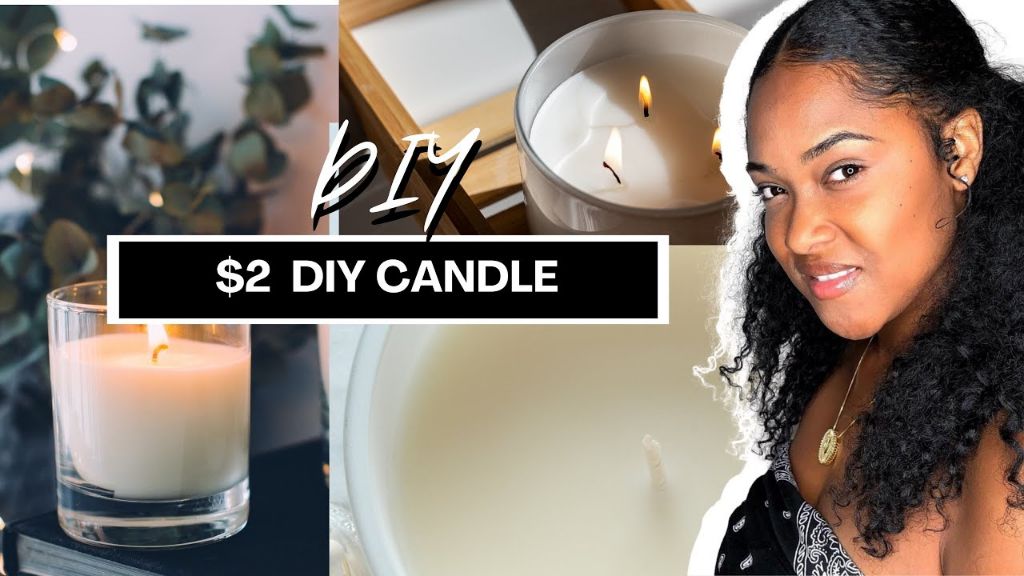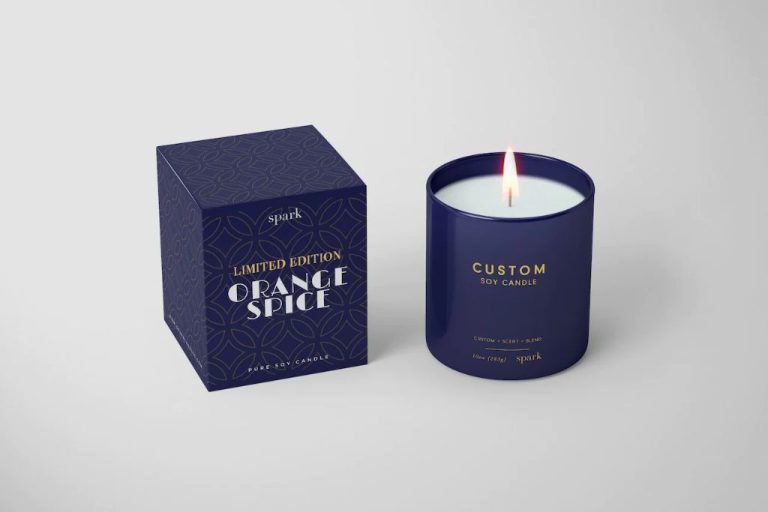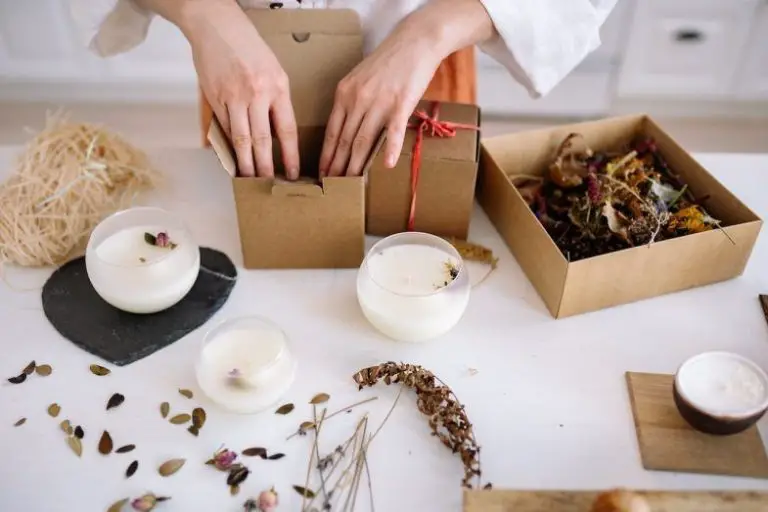Is It Cheaper To Make Candles Or Buy Them?
The Popularity of Candle Making
Candle making has become an increasingly popular hobby and small business venture. According to the National Candle Association, total annual retail sales of candles in the U.S. reached approximately $3.14 billion in 2019 (source). With the candle market continuing to grow, many people are interested in trying their hand at making their own candles rather than purchasing mass-produced ones from stores.
Candle making allows creative expression through designing unique scents, colors, and shapes. It is also satisfying to make something with your own hands. Many hobbyists enjoy candle making as a way to create homemade gifts for family and friends. For others, selling handmade candles provides supplemental income or develops into a full-time small business.
While buying pre-made candles is certainly easier, candle making has become popular for those who want to customize options, control ingredients, or learn a new skill.
Cost of Supplies
The main supplies needed for making candles at home include wax, wicks, fragrance oils, dyes, and containers. According to Candle Making Hobby: How much does it cost to start now? https://kindledcraft.com/candle-making-hobby-how-much-does-it-cost-to-start-now/, the average costs are:
- Wax – $2.65 – $9.41 per pound
- Wicks – $0.96 per pack
- Fragrance oils – $2.92 per ounce
- Dyes – $0.96 per package
- Containers – $0.75 – $2.38 each
According to Pricing Handmade Items from Homestead Sparkle https://homesteadsparkle.com/pricing-handmade-items/, the cost of supplies has been increasing, with wax prices rising nearly 15% year over year. Buying supplies in bulk can help lower costs per candle.
Time Investment
Making candles requires a significant time investment, especially for beginners. There is a steep learning curve involved in understanding proper candle making techniques, experimenting with different waxes, wicks, fragrances, and vessels, as well as developing your own unique recipes and designs. According to one source, “As an entrepreneur, you should learn candle-making skills by yourself” (https://www.influencive.com/tips-to-grow-a-successful-candle-business-vedaoils/). The research and trial-and-error involved means it can take weeks or even months of practice before being able to make high quality, consistent candles.
Beginners should expect many failed attempts as part of the learning process. Perfecting wick size, wax melting points, fragrance loads, and pour temperatures requires extensive testing and tweaking. Rushed attempts often result in candles with poor scent throw, tunneling, cracking, or other flaws. Patience is key when first starting out in candle making. With commitment to continuous learning and improvement, beginner candle makers can develop expertise over time. However, the initial time investment is substantial.
Cost Per Candle
Calculating the cost per candle is the best way to determine if it’s cheaper to make candles at home versus buying them ready-made. The average cost of homemade candles is heavily influenced by the cost of wax and fragrance oils. According to homesteadsparkle.com, the average cost for an 8-ounce candle made at home is just under $3. The wax and fragrance can cost $1-2 per candle. Other supplies like wicks and jars add about $0.50-1 more. So a homemade 8-ounce candle costs approximately $2-4 each.

In comparison, premade 8-ounce candles from a store usually range from $10-15 per candle. Factoring in wholesale discounts, stores likely pay $5-7 per candle. So while homemade candles require more time and effort, the materials cost per candle is significantly cheaper at $2-4 versus $5-7 for storebought. Making candles at home results in substantial cost savings over purchasing finished candles. However, pricing homemade candles below store prices may not account for labor and still yield a profit.
Quality Considerations
There are some key differences in quality between homemade and commercially made candles. One major consideration is fragrance throw. This refers to how well the candle’s scent spreads into the surrounding area when lit. Commercial candles often use synthetic fragrances and more efficient wax blends to maximize fragrance throw. Homemade candles typically have a lighter throw unless high concentrations of essential oils or fragrance oils are used.1
Another factor is burn time. Commercially made candles are designed to burn for a consistent, extended time, often using additives like vybar to stabilize the melt pool. Homemade candles may have more variation in burn times depending on the wax, wick, and vessel used. Testing and adjusting the recipe is required to achieve an ideal burn time. With refinement, homemade candles can match or exceed the burn times of store-bought.
Overall, commercial candle makers invest significant research into maximizing scent diffusion and burn efficiency. While homemade candles may not always compete in those areas, makers can experiment to improve quality. Focusing on the proper wax, wick, vessel, and scent load can enhance the homespun candle experience.
Customization
One of the biggest benefits of making your own candles is the ability to fully customize them. With homemade candles, you can choose your own scents, colors, containers, and designs. Popular scents for homemade candles include fruity, floral, woodsy, spicy, and clean scents. You can blend scents together to make unique fragrance combinations. As for colors, all kinds of candle dyes are available to create any color candle you can imagine.
When it comes to containers, homemade candles allow you to reuse and upcycle various vessels as candle holders. Vintage teacups, mugs, and glasses make charming candle containers. You can also find unique candle vessels at thrift stores to repurpose. The shape and style of the container makes a big difference in the overall look and feel of a candle. With homemade candles, you have endless possibilities when it comes to choosing fun, creative containers.
Customizing your homemade candles makes them special. You can tailor them to match your home’s style, make personalized gifts for friends and family, or create themed candles for specific seasons or holidays. Making your own candles gives you creative freedom that is hard to match with store-bought candles.
According to Custom Candle Co., “Our custom candles are eco-friendly, non-toxic, and have a long-lasting aroma that still fills a room after the candles have been extinguished. All of our candles are made from soy wax and premium fragrance oils.”
Satisfaction Factor
Making your own candles can provide a great sense of pride and creativity. The ability to make candles from scratch and end up with a beautiful, high-quality product is very rewarding for many people. Between choosing fragrances, picking container styles and designing artistic looks, homemade candle making allows you to put your personal touch on every candle.
In a world of mass manufactured products, crafting homemade candles can be a soothing antidote. Handmade candles are infused with the creator’s time, care and attention in a way that store-bought candles are not. The satisfaction that comes from lighting a candle you made yourself is hard to replicate. As this article points out, “One of the most satisfying things about candle-making is the ability to create unique designs that reflect your personal style and taste.” (source)
Making candles as a hobby taps into the human desire to create and produce tangible results from your efforts. If you enjoy hands-on activities and want a relaxing hobby that ends with gorgeous, custom products you can gift or use yourself, homemade candle making could be extremely fulfilling.
Environmental Impact
When deciding between store-bought and homemade candles, it’s important to consider the environmental impact. Homemade candles can have a reduced impact in a few key ways:
Reduced packaging – Store-bought candles often come wrapped in plastic and cardboard packaging. Making candles at home eliminates this extra waste. Reusable jars and containers can be used instead.
Reduced transport – Major candle brands ship candles long distances to reach store shelves. Making them at home avoids these shipping miles and fuel emissions. The ingredients also don’t have to be shipped to a factory.
Control over ingredients – Homemade candles provide control over the wax, wicks, and fragrance used. Eco-friendly ingredients like beeswax, cotton wicks, and essential oils can be chosen.
Reusable – Candle jars and containers can be washed and reused when making candles at home. New glass doesn’t have to be manufactured for each new candle.
Overall, making candles at home can reduce packaging waste, emissions from transport, and provide more control over eco-friendly ingredients. This makes them an often greener choice over mass-produced store-bought candles.
Safety Considerations
Candle making involves working with hot wax, so it’s important to take proper safety precautions. Here are some tips for staying safe (Northwood Candle Supply, Twist a Vants):
- Have safety equipment on hand like oven mitts, long sleeves, eye protection, and an apron.
- Make sure your workspace is clutter free and keep kids and pets away.
- Use candle making equipment designed for high temperatures.
- Always pour wax slowly to avoid splashes and spills.
- Allow candles to cool completely before moving them.
- Trim wicks to 1⁄4 inch before lighting to prevent flare ups.
- Never leave a burning candle unattended.
Following basic safety precautions will help prevent burns and other injuries. Take your time, remain focused, and work cautiously when making candles.
Conclusion
In summary, deciding whether to make your own candles or buy premade ones depends on a variety of factors. The primary considerations are the cost of supplies, the time investment required, the cost per candle, customization options, satisfaction from the process, safety issues, and environmental impact. While making your own candles takes more effort upfront, it can be the more economical choice in the long run, especially if you desire customized or eco-friendly candles. However, purchased candles offer convenience. Evaluate your needs, budget, and preferences to determine the best option for you. For most people, a combination of homemade and store-bought candles can provide an ideal balance.




